How to Buy Carpet—What You Need to Know to Make the Perfect Decision
It’s not something you buy every day. But when it’s time to buy carpet, you’ll want to know your stuff. Make a bad decision and you’ll pay dearly for a long time, and I am not talking just about the money. You’ll pay a significant price in dissatisfaction and disappointment.
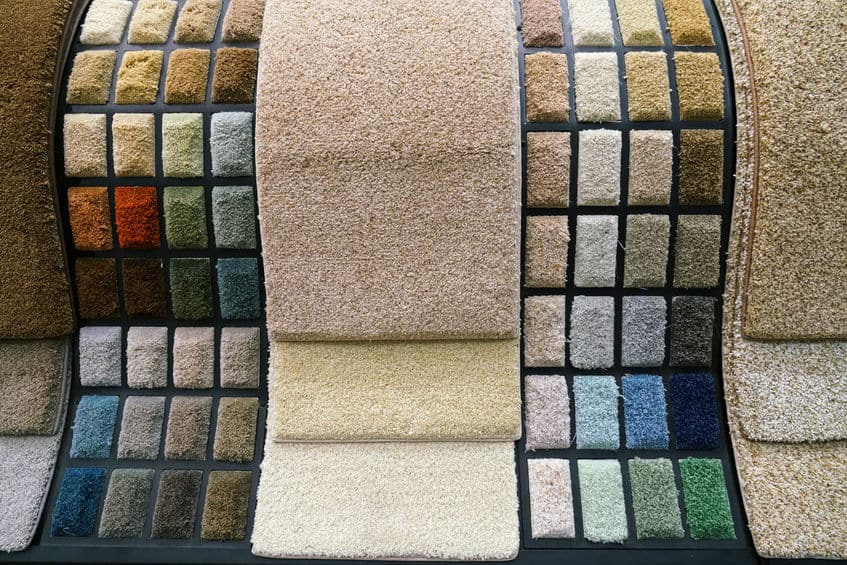
First, decide the style of carpet and type of fiber you want, determined by where it will be installed, and how much money you have to spend.
Visit several retail carpet stores that will let you take carpet samples home for a few days. Walk on them, view them in a different light. Set a heavy piece of furniture on them to see if the fibers will “rebound” once removed.
No matter how much pressure the sales staff pours on, remember you are not obligated to purchase from any store even if you checked out samples from them.
Common Carpet Buying Mistakes
Mistake: Not understanding face weight
Don’t assume that weight determines quality, that a carpet with a higher face weight is better than a carpet with a lower one. It is an easy mistake to make because it makes sense to equate weight with quality, but when it comes to carpet and quality, there are many other factors you should consider.
It’s important to do your own homework because many salespeople are just not well informed or too indifferent to explain this properly to customers. It is easier to tell someone that 50 oz. carpet is better than a 40 oz. carpet than it is to explain all of the other considerations. Learn more here.
Mistake: Skimping on padding
The worst mistake you can make when buying carpeting is to go with low-quality, cheap padding. It makes sense perhaps, because who’s going to see the padding? When it comes to buying carpeting it what you can’t see that is going to matter most. The carpeting pad will save wear and tear on the carpet itself. It will also help your carpet look better for a longer period of time.
Do not miss this: Your carpet is only as good as your underpad. If your budget it tight, spend less on the carpet but more on the pad. A lower-quality carpet will look, feel, and wear better with a high-quality pad than the other way around.
Mistake: Relying only on look and feel
If you’re getting quotes and samples from several sources, keep this in mind: Just because two carpets look and feel the same, it does not necessarily mean they will perform the same. Carefully compare every aspect of both before you make your decision including the manufacturer warranties.
Mistake: Measuring incorrectly
It’s a good idea to take some measurements of your own before you begin shopping for carpet. This will give you a ballpark idea of the number of square yards you will need. Just know that calculating exactly how many square yards you will need is very complicated! You must take into consideration the best place for seams and how the “grain” of the specific carpet must line up to give a seamless appearance. And if stairs are involved, it gets even more complicated.
You definitely want a professional to come to your house to take those measurements. Then the responsibility for any expensive measurement screw-ups will not rest on your shoulders.
Mistake: Falling for a promotion
Of course, you want a good deal, which makes it super tempting to fall for an amazing promotion. Just don’t fall for a deal that is clearly too good to be true. An offer that includes free installation, for example, should make you look very carefully at the complete package. Where will this company make up the difference? The best carpet in the world that is poorly installed is going to be a big problem down the road. Free installation could be the most expensive mistake you can make.
Styles of Carpet
Plush
Usually one solid color with even, smooth pile height. Varies from lightweight (apartment-grade) with fewer tufts per square inch to heavier weights that are very dense. Comes in a vast range of colors. Shows footprints and vacuum marks.
Textured plush
Two shades mixed with varying pile heights that reduces vacuum marks and footprints. About the same price as plush.
Frieze
Very tightly twisted tufts of yarn. More expensive than plush, but wears much longer—15 years is not unusual. Frieze comes in a variety of pile heights from short all the way to super shag. Durable and holds up to heavy use without matting or showing traffic patterns. Rebounds well.
Sculptured
Has two types of tufts—loops and cut pile in varying heights. Often called high-low. Usually has several shades of color varying from light to dark. Doesn’t show much dirt; often used in apartments.
Saxony
Very dense cut pile carpet with well-defined tufts. You can actually see the individual tuft tips, giving it a very textured look. Has a rough, textured appearance, although quite similar in appearance to plush.
Berber
A popular choice in recent years, Berber has nothing to do with color (usually comes in light earth tones) but rather with construction. Berber carpet is made of short looped yarn that is aligned in rows for a uniform look. The loops can snag and run easily like a pair of hose. When that happens, it is nearly impossible to repair.
Cut pile Berber
Not really Berber, as the loops are all cut to make short pile from fat yarn. The speckled look resembles the look of Berber. Looks good when new but wears poorly.
Commercial
Known for its small, low-level loops and short cut pile. Usually glued to the floor. Not typically used in residential areas, as it’s not soft underfoot. Look for description with “uncrushable.”
Types of fiber
Nylon
A synthetic fiber that out-performs all other fibers. It wears well, cleans like a dream, resists matting and comes in all colors and styles. And it is inexpensive.
Olefin
This fiber is made from polypropylene, a type of plastic. Olefin is quite cheap. Most Berber carpets are made of olefin. But olefin has problems. It is difficult to clean—more like impossible—so it tends to look dingy in traffic areas. Feels rough underfoot.
Polyester or P.E.T.
This feels very soft but beware—polyester carpet mats terribly and is not resilient. Because polyester carpet feels so great and is quite inexpensive, it’s a favorite among uninformed consumers. Not unlike polyester leisure suits. Remember them?
Wool
Quite expensive, but a truly elite fiber for carpet. Requires cleaning by a specialist who deals in wool. Wears well, lasts for decades but not often worth the price, which can be astronomical.
Padding under carpet
Each carpet manufacturer recommends a specific pad for a specific style. Don’t go higher or lower than recommended—go with exactly the type of padding recommended to ensure the best result.
Foam
This is the type of padding that usually comes with the “padding included” or “free padding” offer. Don’t accept it. It will not hold up to traffic, will flatten quickly and is not recommended for residential use.
Rebond
The most common for residential installations, rebond is made of recycled urethane foam, is usually multi-colored and looks like lots of little pieces stuck together (it is). It comes in a variety of densities and thicknesses to accommodate all manufacturers’ specifications.
Fiber
Very dense and more expensive than rebond, fiber pad will help a Berber carpet wear better.
Longevity
Taking care of your new carpet will be the biggest factor in how much you love your carpet decision; how long it looks beautiful, how well it wears—your overall satisfaction.
- Take care of spots the moment they happen. Use a good spot remover like Spot Shot.
- Invest in a good home carpet machine then maintain by “steam cleaning” yourself
- Hold off as long as possible from having the carpet professionally steam cleaned, but once you do this set a standing appointment for at least once yearly.
- Invest in a good vacuum cleaner.
- The best thing you can do for carpet is to vacuum often and thoroughly—twice weekly if at all possible.
And in conclusion …
Have you figured it out? There is no better carpet for the price than a 100% nylon frieze installed over the highest quality rebond pad. Nylon frieze resists stains. Spots that do happen come up very easily. It does not mat or become crushed, even in high-traffic areas. Nylon frieze is reasonably soft underfoot and will bring you many years of enjoyment.
That was easy. Now comes the hard part—selecting a color you will enjoy for 15 years or longer!
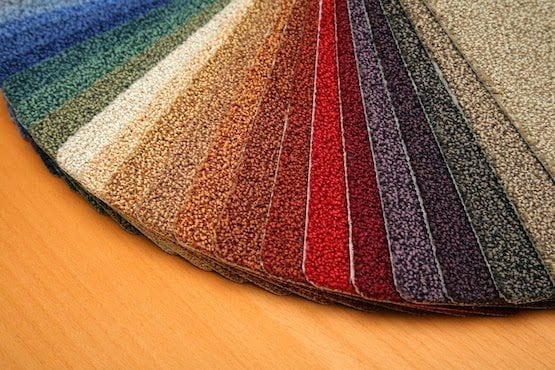

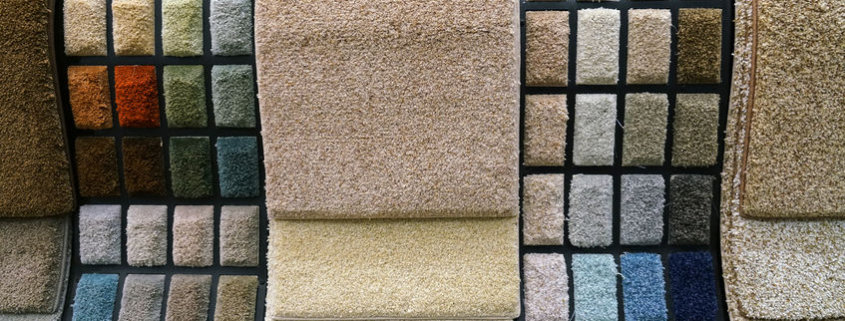 123rf.com
123rf.com


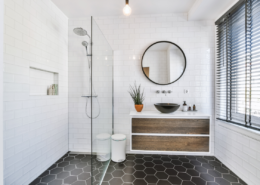





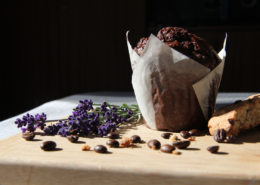



The type of backing is somewhat important too. The last time I bought carpet they sold me on the soft backing. I fell for it hook line and sinker. It felt nice but I have to have them come back and re-stretch several places every couple of years as it wrinkles. Just back is better. I don’t think they even sell the soft back anymore.
Jute backing. Not just back.
Homework is important! Decades ago, my stepfather said that a coworker was bragging that he and his wife had bought a new bed made from genuine balsa wood. How’s that for the uninformed?!
Thank you for your breakdown of carpet styles and fibers and the padding. I will save your email and pin this article for future reference.
Oh thank you!
It is overwhelming when you start looking at options! to the point “indecision” is usually my decision.
I’m saving this article for future reference.
What carpet is safe for babies, small children and dog? I’ve read some scary things about carpet in regard to this.
Make sure you know where it is manufactured. I’d opt for Made in the USA, which many brands are. Then I would refuse to be scared, and research fully what you read. There’s a lot of fake news out there.